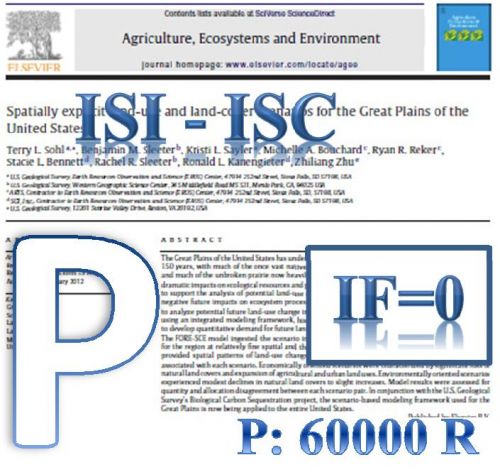Plantations can help speed up secondary forest succession by improving soil conditions, attracting seed-dispersal agents and providing shadow necessary for under-story growth, in the present research, the naturally under-story regenerated native woody species diversity was studied in four tree plantations 22 years of age and it covers 42 ha, composed of Pinus brutia, Populus nigra L., Acer velutinum Boiss and Fraaxinus excelsior L. species, which is located in the South of town of Ghaemshahr in Berenjestanak lowland forest in the North of Iran, where there was remnant natural forest in each site, three plots 20 × 20 m are selected and one plot also implemented as the witness in natural forests around. Species-Area Curve was used for determining plots area. The number of woody plants (trees and shrubs) were enumerated and identified in each plot, and diameter and height of generated species were measured up to 1.3 m height. In order to analyse of biodiversity was applied heterogeneity Indicators of Shannon Wiener, Simpson, Brillouin, MacArthur’s N1 and Hill’s N2 as well as evenness by using Simpson, Smith and Wilsons, Camargos and modified Nee indices. Results of this study illustrate that about nines trees and shrubs species belonging to eights families were observed in study sites naturally that the highest and lowest number of woody species was nine and five in the F. excelsior L. and A. velutinum Boiss plantation, respectively. In all study sites, the highest and lowest value of heterogeneity indices is related to MacArthur’s N1 and Simpson, respectively. The highest value of evenness indices in P. brutia, P. nigra L. and A. velutinum Boiss plantations belonged to the Simpson's Index and in F. excelsior L. plantation and natural forest is related to Camargos index. The lowest value of evenness in all study areas was Modified Nee index. Results demonstrate that significant differences were observed in indices of heterogeneity (P = 0.0009) and evenness (P < 0.0001) amongst the planted areas and natural forest. Moreover, the highest value of heterogeneity and evenness were found in P. nigra L. (2.556) and A. velutinum Boiss (0.612) and the lowest values of these indices were in the nearby natural forest (1.818) and F. excelsior L. (0.257), respectively. There were no significant difference in species heterogeneity between F. excelsior L. and P. brutia as well as between F. excelsior L. plantations and natural forest at P = 0.05. Overall, species heterogeneity and evenness in the plantations was more than the surrounding natural forest. These results indicated that hardwood and coniferous tree plantations at this region not only reduce biodiversity (species heterogeneity and evenness), but also it has increased regeneration of woody species in all the plantations than the natural forest around. This could be effective tools in rehabilitating degraded lowland forest in the North of Iran.
کلید واژگان :Plantation, woody species diversity, heterogeneity indices, evenness indices, Mazandaran
ارزش ریالی : 1200000 ریال
با پرداخت الکترونیک
جزئیات مقاله
- کد شناسه : 2142013039061199
- سال انتشار : 2010
- نوع مقاله : پذیرفته شده در مجلات Scopus ,ISI, با IF=0
- زبان : انگلیسی
- محل پذیرش : International Journal of Biodiversity and Conservation
- برگزار کنندگان :
- ISSN : 2141-243X
- تاریخ ثبت : 1393/10/11 20:09:50
- ثبت کننده : مجید یوسفی ولیک چالی
- تعداد بازدید : 362
- تعداد فروش : 0
